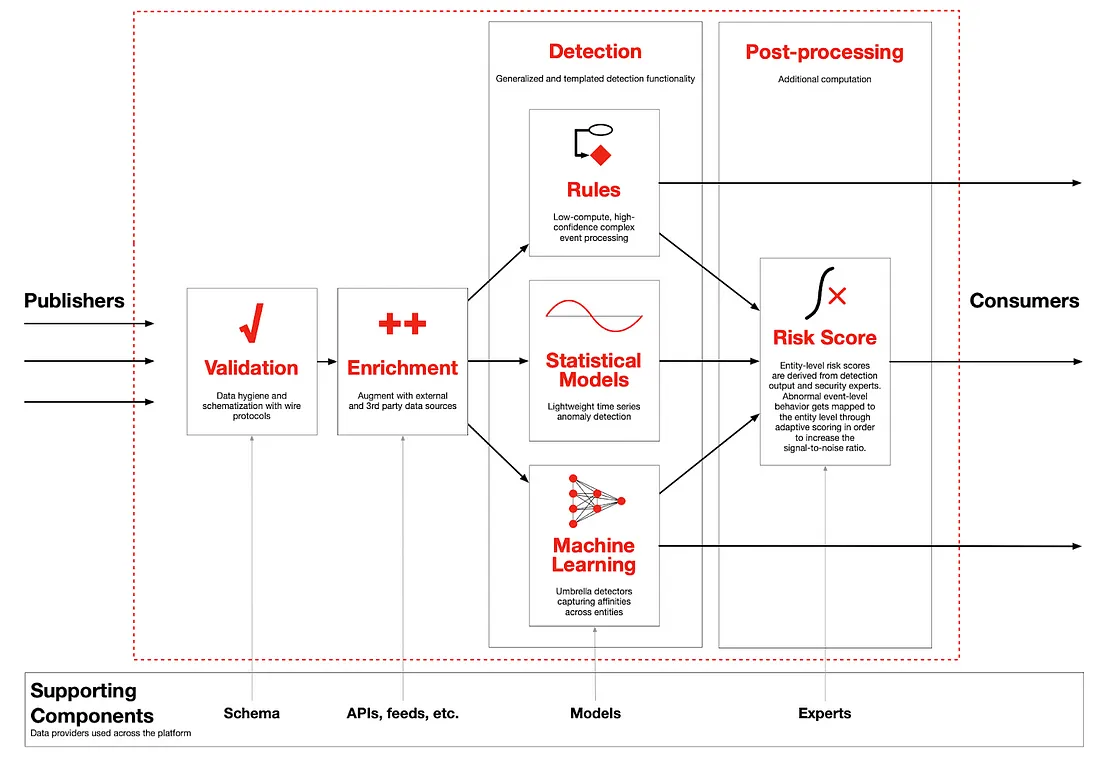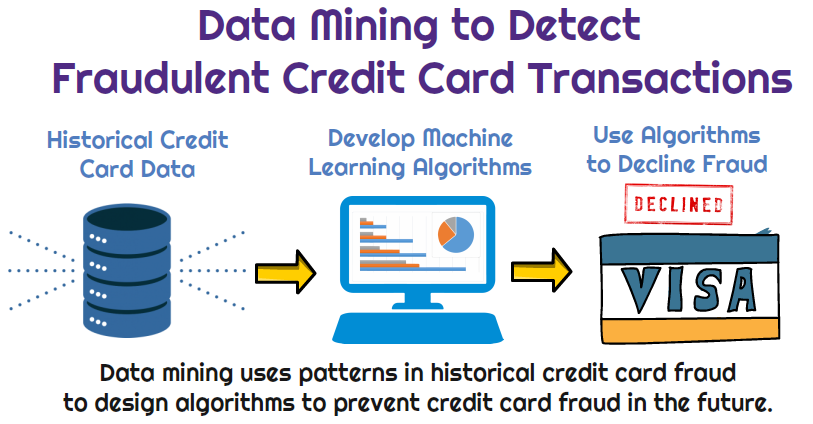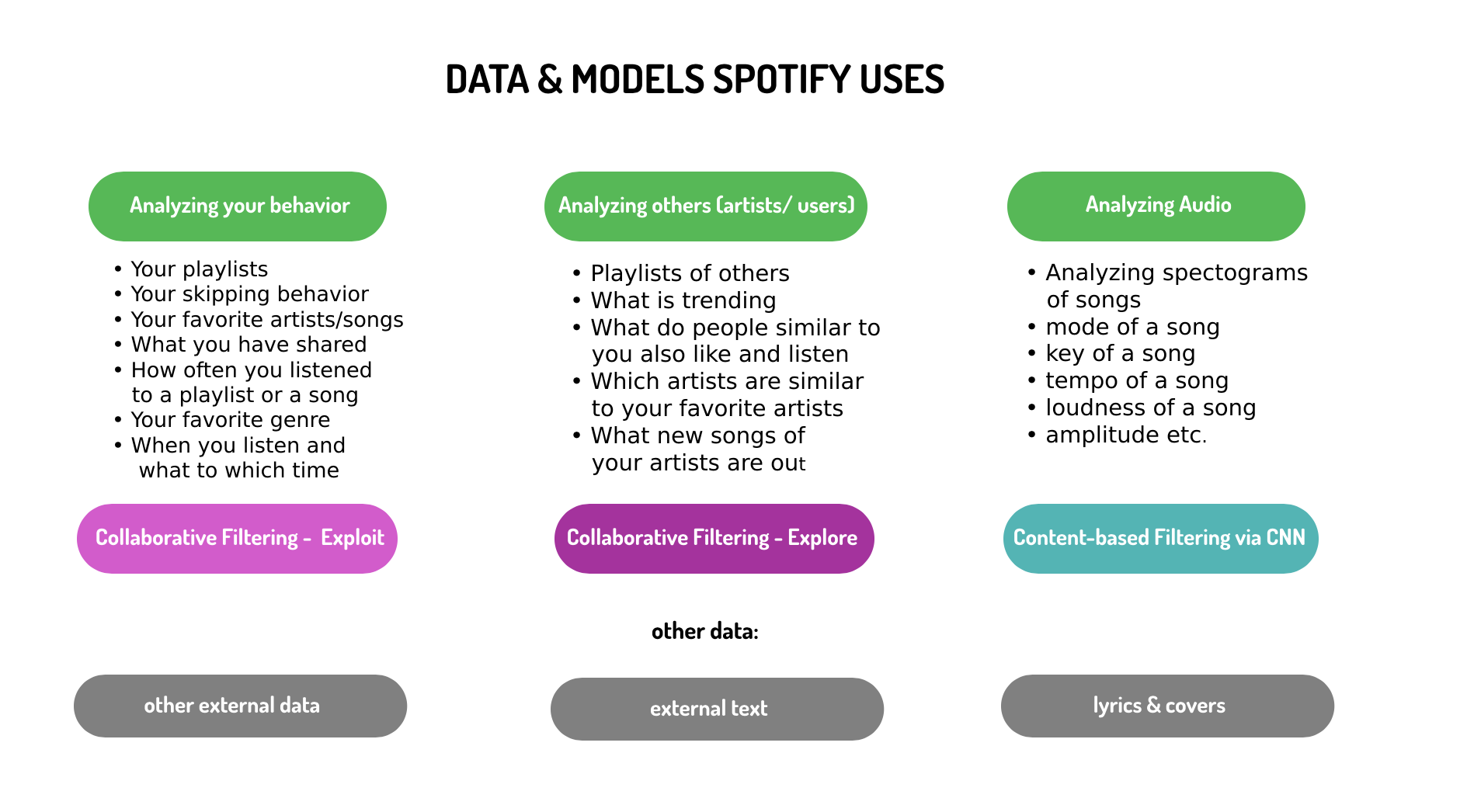Unlocking the Hidden Value of Data as an Asset for Your Business
If done properly your data could be deemed to be valuable assets. 21st December 2023 | Marc Smith. Data is an in-house result of many Digital Businesses systems but should not be only a concern to the IT department. When your company views the business data as strategic and a business asset, it will be useful in optimizing existing revenues as well as creating new products and new revenues. What are ways to value information? Is data generating efficient?
Benefits of Viewing Data as an Asset
The information a company is able to extract from its data is not limited to this space either. Data intelligence carries out everything that affects a business from marketing to finance to development. Enterprise users can use data analytics to make big-picture decisions and reduce inefficiencies. In addition to modernizing transmission and distribution systems, utility systems must forecast distributed energy sources and the impacts of transportation electrification.
Looking at Data as a Strategic Asset
When implementing the data in a business strategy it can take time to establish a strong base on which your company can handle it. Start with developing a thorough data strategy and defining the way your enterprise collects and maintains data and the data monetization and methods to generate revenue. Once this strategy is set, you’re able to focus purely upon modernizing your information and strategy. Your data strategy should clearly describe which data asset you own in your business and how you can leverage this information.
Disrupt business models with AI
Data and analytics play incredibly critical roles in establishing a data-driven business. Data is the fuel for business model innovation in a fast-growing industry. Typical examples include platform business models and business units (which can also be called platform businesses). Unlike traditional businesses, platform-based companies concentrate on providing customers with information about the product they need. Networks create value and connect players in ecosystems. And to do this, the government needs to handle information differently. They use it to maximise their potential.
What Type of Asset Is Data?
What are assets? The balance sheet will most likely include economic value of the data in the inventory, particularly if this is stored for sale in the future. Data sources are data sources within the organization and purchased by outside parties just like the manufacturing sector receives raw material. Once data has been collected it is stored as raw material and incurs storage costs. For data protection there are obligations and expenses associated with protection and prevention of a cyber breach.
Work functions that can be improved with data transformation
Clean data can affect functions all around a company including:
EIGHT CHALLENGES IN IMPLEMENTING DATA AS AN ASSET
It should also be viewed by most as travel and not as destinations. The best way to deal with a data problem is to find the best way asset managing data to solve the problem. Businesses must determine whether data they have on file is trustworthy, and whether they contain useful information. I believe that is the biggest problem I face in using the data as the asset. Using specialized data platforms is essential and it is therefore important for businesses to look for tools to better control data.
Establish the right Data Culture and Architecture
How can we improve the way organizations use their data? Technology doesn’t make your company an information driven organisation. Without a robust decisioning culture organizations can’t make effective decisions based off data. Sometimes these problems can affect the consistency of a data source. The best data culture will improve efficiency for any business. It enables the company to increase the effectiveness and efficiency of its services. Data’s value needs to penetrate all organizational processes, from critical activities to business processes and cultures. It should preferably:
What’s Next? Looking to the Future of Data as an Asset
As companies continue investing in data intelligence and policy makers focus on standardization in the area of data governance risk management and assessment, data management as an underlying strategy is becoming one of the defining features for the digital age. The need to invest in the information industry has rapidly risen to a crucial part of companies’ competitiveness. What can be done when a business can generate information from its operations? Viewing data as assets allows for many potential advantages, including the potential to explore new technology.
Valuing Data as an Asset
Companies should be able to identify data value and create an appropriate program to achieve that. The largest organizations maintain a Physical Asset Registry for Physical Asset which contains the locations of such assets and the information needed. Is there any need for a new system that lists the information on the internal data inventory? Measuring or Valuing Data begins with a comprehensive inventory register of organizational data, including location and prioritizing data for alignment with organizational goals. Not all the data stored in the organisation needs to be deleted and the organisation should consider reversing the data which was not in alignment.
Data visualization in an industry report
Show some interesting ways to utilize data to create new opportunities. A report by TekSystems included a visual data visualization to show readers what has changed in their industry and how they are digitally changing their business model over the years. It’s a clever use of research data from TekSystems to create business, that provides instant value to customers.
Define Data security and compliance controls
Data privacy has gaining prominence in recent times. It must be achieved to ensure data integrity and access rights are protected. In order to ensure compliance to the GDPR, companies have to define data privacy requirements and provide a data privacy statement.
Data visualization in an industry report
Show some interesting ways to utilize data to create new opportunities. A report by TekSystems included a visual data visualization to show readers what has changed in their industry and how they are digitally changing their business model over the years. It’s a clever use of research data from TekSystems that provides instant value to customers.
Define Data security and compliance controls
Data privacy has gaining prominence in recent times. It must be achieved to ensure data integrity and access rights are protected. In order to ensure compliance to the GDPR, companies have to define data privacy requirements and provide a data privacy statement.
Using Agile Principles
Data champions generally identify the need to drive the organization towards data-driven strategies and leads, and promotes the use of data-based assets. Usually the objective of managing data is to obtain support from executives and governing boards in order to realize its potential business value and in supporting its mission. Agile methods help convince these parties to accept responsibilities in supporting and controlling these initiatives and increase their impact to end users.
Realizing Data Rewards Through Enterprise Governance
To maximize the profit from its data assets, the entire organization has to contribute to this asset and convert it to useful information. It is less difficult for smaller organizations to manage roles, obligations and responsibilities, whether to have data creators ensure their security of data or to ensure consistency of usage. Small companies can have simpler policies that communicate executive expectations to smaller data management groups. In general, smaller organizations may have fewer systems, and those they have tend to be integrated and therefore less challenging in defining data structures to ensure uniformity.
Use AI and ML Algorithms
Automation and Artificial Intelligence have transformed the way organizations communicate and process information. AI helps companies analyze information rapidly with minimal effort and thus save time and money. Similar to the Signal and Pattern Repository, businesses will have to differentiate their product or service by using AI algorithms and their ability to generate scalable data. Future businesses would differ according to sustainability, robustness and responsible participation in circular economy and algorithmic economy.
Establish Data Marketplace – for Data sharing and sourcing across ecosystems
Data is considered an important element of traditional technology and data architecture, but also as a part-product of business operations and application development for System of Records. Traditional data supply chain is sequential: Data was generated/made obtained and sometimes retrieved for later use/distributing or regulatory compliance, often resulting in Stale data or inaccessible during processing. The organisations currently understand data as a core part of their business. Basically this means all the data supply is being redefined.
Democratize Data – Secure Data Access and the correct type of BI and BI tools
In order to become data-driven organisations have to shift from traditional enterprise practices towards data. The ownership and the analysis of information fall under certain specialists. Using data in the digital economy means providing data security and ensuring data availability. Those three elements can however be accelerated by providing the proper capabilities and toolkit to various users. Data-driven organizations do more than collect data rapidly and they do so by incorporating insights into their business processes and user experiences.
Results of data transformation with examples
Why is the digital revolution so effective? A company will always transform data and want evidence of its performance to demonstrate this prior to undertaking a modernization or transformation project. Tell me the statistics? A company that follows the data roadmap will be positioned to lead the digital transformation.
Establish Data Ethics principles
Data ethics refers to ethics in data science which evaluates practices in collecting, analyzing and distributing data that affect people. Data ethics includes addressing and suggesting correct and wrong conduct concepts in the context of information processing and data processing in general.
Data platform for a global footwear brand
This client represents the world’s biggest sporting clothing manufacturer, consisting of a variety of brands and over 3,000 stores in over 100 countries. Their digital transformation efforts were driven by their goal of ensuring seamless customer interactions across the entire brand. The customer company had built a data base that could support scale and diverse business requirements on its various brand lines. Data transformation helped online sales increase by 30%. It implemented a scalable infrastructure internal data marketplaces which can dynamically support a maximum 3x anticipated customer traffic.
Hire the right Data Engineering and AI talent
Businesses which are looking to use data as an asset should look to employ qualified personnel. Engineers will develop business plan and develop effective solutions, whereas the data will be used more efficiently.
A construction company that uses the past to build the future
Teichert has lived in California for more than a century. The company understands that technology is important in today’s global marketplace, and has remained a technology company ever since the founding. Launch recently joined InQuarry, a database platform which provides “an inter-disciplinary network of information”. Providing digital assistants to Teichers entire work. They can get more bids and get the jobs that the client wants.
Advertising Data Portal for Global Telecom Business
It had an innovative new business plan that would bring in more than $1 billion in its first three years alone. They wanted to become leaders in this new direct-to-consumer marketing trend. 70% Americans use adware and were looking for opportunities to transform ad delivery by focusing ads on individual homes in the U.S. Launch commissioned Launch to launch an advertising data platform with an integrated advertising analytics platform that combines real-time insights for ad campaigns and intelligent decision-making. The client hoped to make $500,000 in revenues this year.
How do you turn data into assets?
Data analysis of the enormous amount of data lakes today’s available data requires data orchestration at hyperscale. This involves unified data with a single data set that can serve as a single source of analytical data. 100%. In the cloud era, Enterprise of the future optimises the cloud hyper-scalability and analytics for every available dataset.
How do you value data as an asset?
Several methods are used for evaluating data quality, such as calculating value function estimations, calculating costs or using complementary input. Section 4 compares data to help facilitate more accurate matching.
How do you turn data into value?
Organizations must use tools, expertise and knowledge for a high quality collection, analysis, processing, and analysis of data. They also must adopt an analytics capture data-driven culture in which they value data and use this knowledge as part of decision-making.
The Ultimate Guide on How to Turn Company Data Into Value
All companies are saturated with information. Customers data, third party data, social media data, systems data, and environmental data. Can I stay above the surface? Some companies don’t care how the information is being collected but simply try to stay within their foothold. The data may be put in separate boxes or stored in different locations. The most important companies are the ones who use data to save time and improve employee experience. Learn to be leaders in data technology.
Can data be treated as an asset?
Data is our resource. Identify and manage data to improve customer outcomes effectively across the data lifecycle and share this data to the government and openly to generate insight that helps decision-making and innovation.
Challenges with Data as Not-Yet-Asset
- Incomplete Data: Missing values in datasets can result in biased analyses and inaccurate predictions, undermining the data’s reliability.
- Inaccurate Data: Errors and inconsistencies degrade data quality, increasing maintenance costs and reducing its utility for decision-making.
- Lack of Data Standardization: Without standardized formats and conventions, data integration and analysis become complex and unreliable.
- Complex Data Structure: Disorganized data hampers accessibility and analysis, limiting its potential to inform business strategies.
- Underinvestment in Data Quality: Perceiving data as just a cost leads to insufficient investment in its quality, further diminishing its value.
Opportunities Lost When Data Is Viewed as a Cost
- Missed Insights: Treating data as a mere expense overlooks the rich insights it can offer, from operational improvements to customer preferences.
- Limited Innovation: A cost-centric view stifles exploration of data-driven innovations that could transform business models and offerings.
- Inadequate Resource Allocation: Without recognizing data’s strategic value, companies may skimp on the necessary resources for effective data management and utilization.
Four Strategies to Elevate Data as a Valuable Asset
- Data Governance and Management: Establishing robust data governance ensures quality, accuracy, and consistency, making data a strategic agenda item for stakeholders.
- Data Strategy Alignment: Aligning data initiatives with business objectives ensures that data supports key goals, from enhancing customer experiences to driving operational efficiency.
- Investment in Analytics and Insights: Building skilled analytics teams enables companies to extract actionable insights, leveraging advanced techniques like data mining and machine learning.
- Monetization of Data: Companies should explore both direct and indirect ways to monetize data, experimenting with data-driven products, services, and insights to generate new revenue streams.
Data Utilization Strategies & Case Studies
Data utilization strategies are essential for organizations aiming to leverage their data assets to drive decision-making, improve operational efficiency, and create new revenue streams. These strategies involve collecting, analyzing, and applying data in ways that are beneficial to the business. Below, I will outline several strategies for data utilization and accompany each with real-world case studies to illustrate their application in various industries.
1. Data-Driven Decision Making
Strategy: This involves making decisions based on data analysis and interpretation rather than intuition or experience alone. It requires quality data collection, effective data management, and analytical capabilities.
Case Study: Netflix is a prime example. The company uses data analytics to make content decisions, including what shows to produce or purchase. By analyzing viewing patterns, search data, and user ratings, Netflix can predict what content will be popular among its audience, leading to hits like “House of Cards” and “Stranger Things”.

Netflix, is also recognized for its innovative use of A/B testing. Netflix conducts approximately 250 A/B tests annually, as highlighted by Todd Yellin, the Vice President of Product. These tests compare two versions of the user experience to gauge reactions and preferences, with around 100,000 users participating in each experiment to test various hypotheses. This rigorous testing ensures that the content, images, and videos presented on the platform are based on solid data rather than subjective opinions. A prime illustration of this approach is the optimization of Netflix’s landing cards, which are the images or video teasers shown as users browse through recommendations. The effectiveness of these visual elements is crucial because they have a more significant impact on user decisions than text descriptions. By A/B testing these visuals, Netflix can deeply understand customer preferences and tailor the browsing experience to be as engaging as possible, ensuring that no two users have the exact same experience on the platform. This methodical, data-driven strategy enables Netflix to personalize content effectively, enhancing user satisfaction and engagement.

2. Customer Personalization
Strategy: Tailoring products, services, and communications to the preferences and behaviors of individual customers based on collected data. This can enhance customer experience, loyalty, and revenue.
Case Study: Amazon uses data from browsing and purchasing history to personalize product recommendations for each user. This not only improves the customer shopping experience but also significantly increases conversion rates and customer satisfaction.

3. Risk Management
Strategy: Analyzing data to identify, assess, and mitigate risks. This can include financial risk, cybersecurity risk, and compliance risk.
Case Study: Credit card companies like Mastercard use data analytics to detect fraudulent transactions in real-time. By analyzing transaction data against historical patterns, they can identify anomalies that may indicate fraud, thereby protecting both the customer and the company from potential losses.

4. Innovation and New Product Development
Strategy: Leveraging data to identify market trends, customer needs, and emerging opportunities to innovate and develop new products.
Case Study: Spotify uses data analytics to not only personalize music recommendations but also to identify gaps in their music library and potential new music or podcast trends. This data-driven approach helps Spotify to continuously innovate its service offering and remain competitive.

Summation of the 4 case studies
These case studies illustrate how data utilization strategies can be effectively applied across different sectors to solve specific business challenges, enhance customer experiences, and drive growth. Implementing such strategies requires a solid data infrastructure, analytical capabilities, and a culture that values data-driven decision-making.
Concluding Thoughts
Data’s true value lies in its potential to inform, innovate, and transform. By moving beyond the misconceptions of data as either new oil or mere cost, companies can unlock this potential, turning data into a strategic asset that drives growth, efficiency, and competitive advantage. Implementing robust data governance, aligning data strategy with business goals, investing in analytics, and exploring monetization avenues are critical steps in this transformation transforming data to a value added asset. Embracing these strategies, companies can ensure their data becomes a significant, value-added asset.
Sources:
https://vwo.com/blog/deliver-personalized-recommendations-the-amazon-netflix-way/
https://www.linkedin.com/pulse/mastercards-new-ai-model-boosts-fraud-detection-hqrbe
/https://towardsdatascience.com/uncovering-how-the-spotify-algorithm-works-4d3c021ebc0
https://www.hdatasystems.com/blog/how-spotify-is-using-big-data

